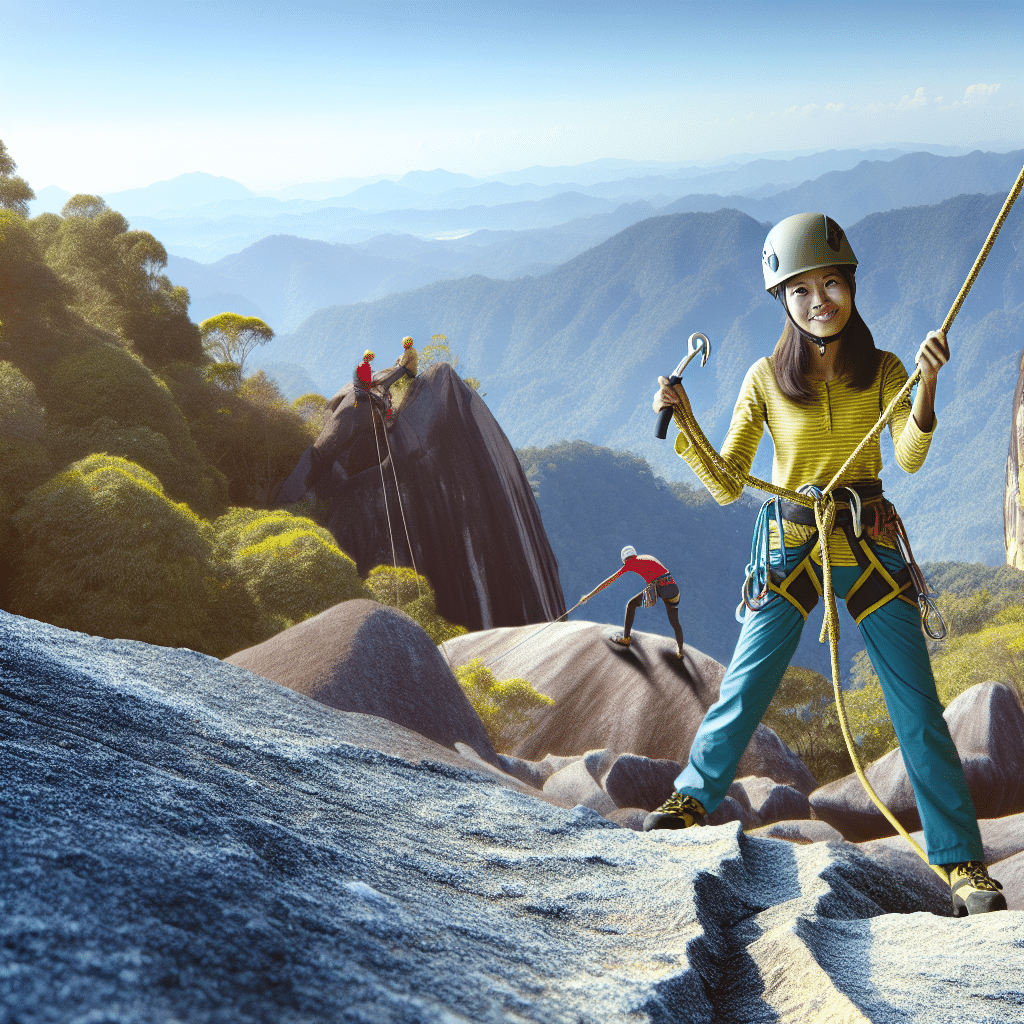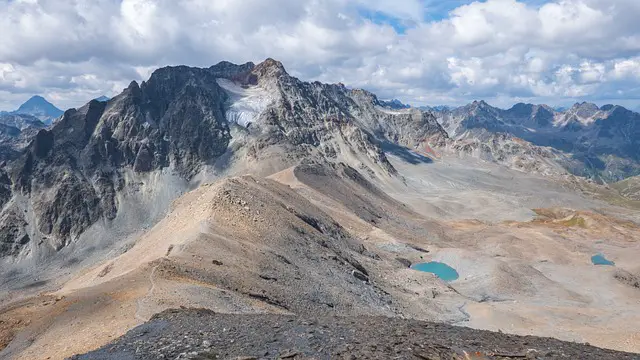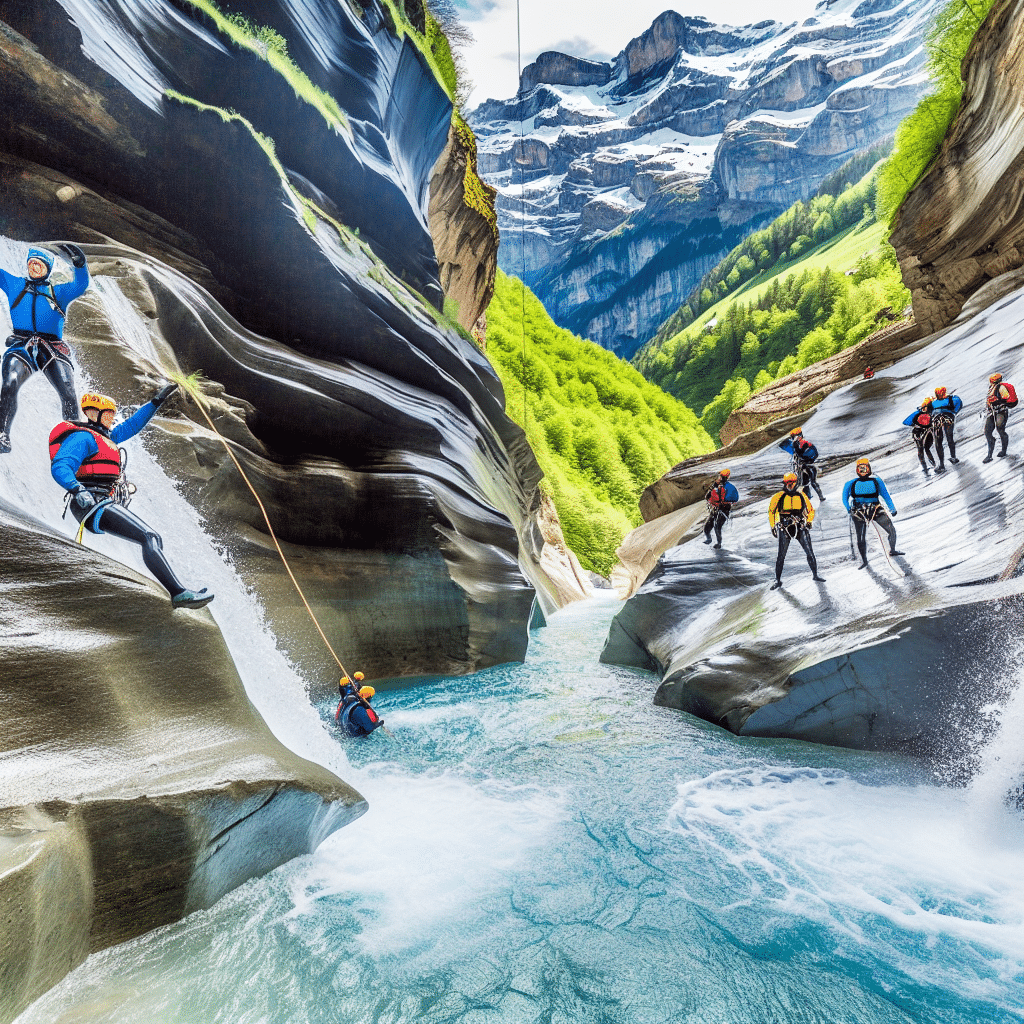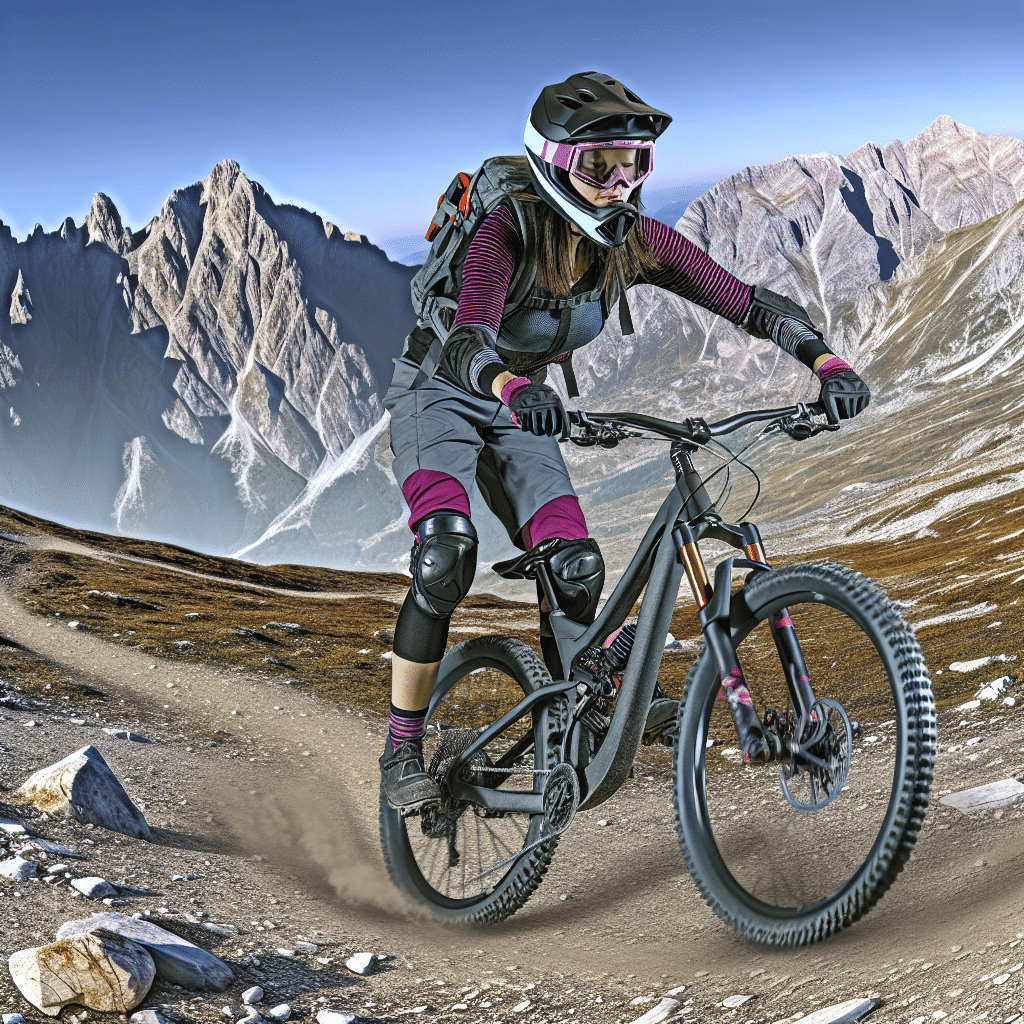Mountain climbing is a thrilling and exhilarating experience that brings you closer to nature, challenges your physical and mental limits, and provides a profound sense of accomplishment. Whether you’re a nature enthusiast seeking new heights or an adrenaline junkie craving your next rush, learning how to start mountain climbing is an adventure in itself. This guide will cover everything you need to know to begin your mountain climbing journey.

Why Choose Mountain Climbing?
The Thrill of the Climb
The allure of mountain climbing lies in its unique combination of physical challenge and natural beauty. The process of navigating rough terrains, scaling steep rocks, and reaching summits provides an unmatched sense of achievement. It’s about conquering not just the mountain, but also your fears and limitations.
The Health Benefits
Mountain climbing offers numerous physical benefits including improved cardiovascular health, increased muscle strength, enhanced flexibility, and better endurance. The mental benefits are equally significant, as the activity reduces stress, boosts self-esteem, and fosters a deep connection with nature.
Getting Started: What Do You Need?
Gear and Equipment
Starting mountain climbing requires specific gear. Essential items include:
– **Climbing Shoes:** Provide grip and protection.
– **Helmet:** Shields your head from falling debris.
– **Harness:** Secures you to the climbing rope.
– **Ropes and Belay Device:** Used for safety and support.
– **Chalk Bag:** Helps to keep hands dry for better grip.
These are just the basics; as you advance, you may need more specialized gear, such as cams, nuts, and ice axes.
Physical Preparation
Mountain climbing is physically demanding. It’s crucial to be in good shape before you start. Focus on:
– **Cardio Training:** Running, swimming, or cycling to build endurance.
– **Strength Training:** Exercises like squats, lunges, and upper body workouts.
– **Flexibility:** Stretching and yoga to prevent injuries.
Basic Skills and Knowledge
Before you start mountain climbing, it’s essential to acquire basic skills such as:
– **Knot Tying:** Learning how to tie secure knots.
– **Belaying:** Understanding how to manage safety ropes for a climbing partner.
– **Route Finding:** Reading topographical maps and using a compass.
How to Start Mountain Climbing: Steps to Your First Ascent
Seek Professional Guidance
If you’re new to mountain climbing, consider hiring a guide or taking a class. Professional guidance ensures you learn the correct techniques and safety measures from the start. Many climbing gyms offer introductory courses that cover the basics.
Start Indoors
An indoor climbing gym is an excellent place to begin. Gyms provide a controlled environment where you can practice climbing techniques, build strength, and gain confidence before tackling outdoor challenges.
Join a Climbing Community
Joining a climbing club or community can provide support, mentorship, and camaraderie. Experienced climbers can offer valuable tips, share experience, and often organize trips to various climbing spots.
Tips for Your First Outdoor Climb
Choose the Right Location
Begin with a location that matches your skill level. Research beginner-friendly climbing spots with established routes. Popular beginner locations often have less challenging terrain and good safety records.
Check the Weather
Weather conditions can significantly impact your climb. Always check the weather forecast before heading out. Avoid climbing in adverse conditions like heavy rain, snow, or strong winds.
Packing Essentials
Ensure you pack the right essentials for your first climb:
– **Water and Snacks:** Stay hydrated and maintain energy levels.
– **First Aid Kit:** Be prepared for minor injuries.
– **Appropriate Clothing:** Layered clothing to adjust to changing weather conditions.
– **Navigation Tools:** Map, compass, or GPS device.
Safety First: Important Considerations
Respect Your Limits
Know your limits and don’t push beyond them. Mountain climbing can be dangerous if you’re not adequately prepared or if you overextend yourself. Always prioritize safety over reaching the summit.
Avoid Climbing Alone
Climbing with a partner is not only more enjoyable but also safer. Partners can provide mutual support, assistance in emergencies, and share the experience.
Stay Informed
Constantly update your knowledge about safety techniques and climbing strategies. Attend workshops, read climbing guides, and stay informed about the latest in climbing safety and technology.
Final Thoughts: Embrace The Journey
Mountain climbing is more than just a sport; it’s a journey of self-discovery and connection with nature. By understanding how to start mountain climbing, you’re opening the door to a world of adventure, challenge, and unparalleled beauty. Take the first step, equip yourself with the right knowledge and gear, and let the mountains guide you to new heights. Happy climbing!



